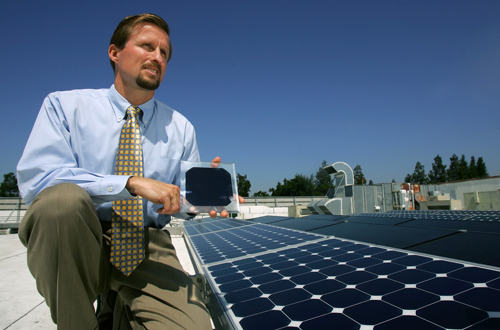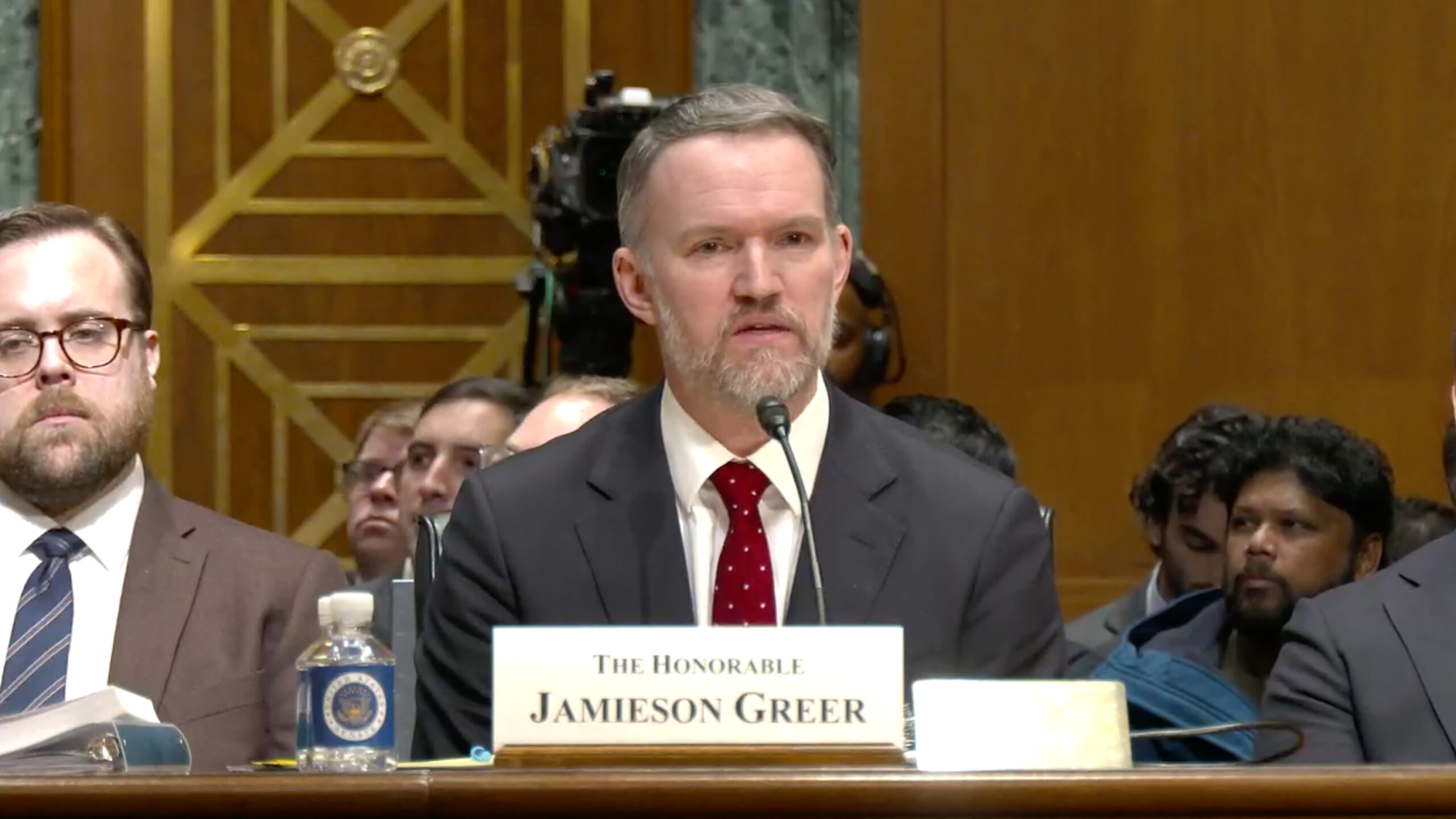By Jeff Ferry, CPA Research Director
After opposing tariffs on imported solar cells and modules for years, and claiming the US manufacture of solar cells would never be profitable, San Jose, California-based SunPower Corporation announced last week plans…to become a leading US manufacturer of solar cells and modules.
Last Wednesday, SunPower said it’s buying SolarWorld Americas (SWA) to gain access to SWA’s production facility in Hillsboro, Oregon.
The acquisition and a planned boost in production at the Hillsboro facility represent a victory for the Trump administration and other supporters of the solar tariffs (including us at CPA). The US solar manufacturing industry has been under assault for years from low-cost, state-subsidized solar manufacturing in China.
SunPower CEO Tom Werner (pictured above) was a strident opponent of tariffs because SunPower manufactures solar cells in Malaysia and elsewhere. But Werner told us today that after the Trump administration approved the International Trade Commission’s recommendations in January and slapped a 30% tariff on imported solar cells and modules, SunPower has decided to alter its strategy.
“The tariffs catalyzed us to invest in the US. It became abundantly clear that this administration wants American manufacturing, and it was time for SunPower to take a leadership role,” Werner said. “We fully intend to make solar manufacturing a success in the US.”
SolarWorld Americas currently manufactures cells and modules with a run rate of about 250 megawatts a year, equivalent to some 2.5% of the US market. Werner said SunPower intends to expand production and has put together an executive team to look at the expansion strategy for cell and module production. That will likely include adding SunPower’s P-series technology to SolarWorld’s existing cell technology known as PERC. Each of those technologies increases a cell’s efficiency at turning sunlight into electricity. The goal is to double production in Oregon to around 500 megawatts a year. Previously, SolarWorld CEO Juergen Stein said he planned to hire another 300 employees in addition to the 250 jobs there today. Werner said there will be additions to the workforce but did not want to comment on numbers until the integration team has finished its work.
The effect of the tariffs, which came into effect in February, has been remarkably quick. Only two months later, it now looks like there will be two major solar production facilities in the US, and as many as a dozen smaller companies launching or increasing their production. The other major facility is owned by Chinese solar producer JinkoSolar, and will be in Jacksonville, Florida.
Werner said that SunPower is continuing to seek an exclusion from tariffs for its IBC technology, which is manufactured in Malaysia. SunPower claims IBC is sufficiently different from other solar cell technologies to warrant the exclusion. In what sounds like an effort to win favor from the Trump administration for the exclusion, Werner told us: “The tariffs are costing us $2 million a week. We’d rather be investing that money in Oregon.”
SunPower was founded in 1985 by one of the original semiconductor pioneers of Silicon Valley, TJ Rodgers, who served as chairman of the company from 2002 to 2011. In 2011, French oil major Total took a controlling stake in SunPower, although its headquarters remains in San Jose. Although the bulk of its manufacturing is outside the US, most of its R&D staff is at the San Jose HQ and a research facility in Davis, California. SunPower is not profitable, reporting a loss of $851 million last year on revenue of $1.9 billion. Its operating cash flow last year was negative $267 million. Losses on that scale, driven in large part by aggressive price cuts by government-backed Chinese producers, have driven many US companies out of the business and others to hold on only by cutting costs. This year SunPower is expecting to record a similar revenue figure to last year, deploy between 1.5 and 1.9 gigawatts of solar production capacity, and reach positive EBITDA (earnings before interest, taxes, depreciation and amortization), a significant step towards profitability.
As part of the lobbying and public relations battle around the tariffs, the Solar Foundation and the SEIA trade association claimed last year that the tariffs could cost as many as 80,000 jobs out of an alleged total of some 250,000 jobs in the solar industry. We say alleged because US government figures show fewer than 12,000 solar installer employees in the US, as we reported in January. In January, after the tariffs were announced, solar installer industry officials talked woefully of some 20,000 jobs being lost due to the tariffs. However, after their latest survey, solar industry lobbying groups are now forecasting that solar jobs will rise 5% this year. Industry insiders, including even members of SEIA, regard the trade association forecasts of employment, gigawatts deployed, and market share as not very reliable.
SunPower’s Werner says he’s optimistic about US demand for solar this year. He said the tariffs would lead to some fall in demand from large-scale utility projects, but that would be more than offset by growing demand in the residential market. “This is a dynamic industry and we’ve had a reasonably good start to the year,” he said.












